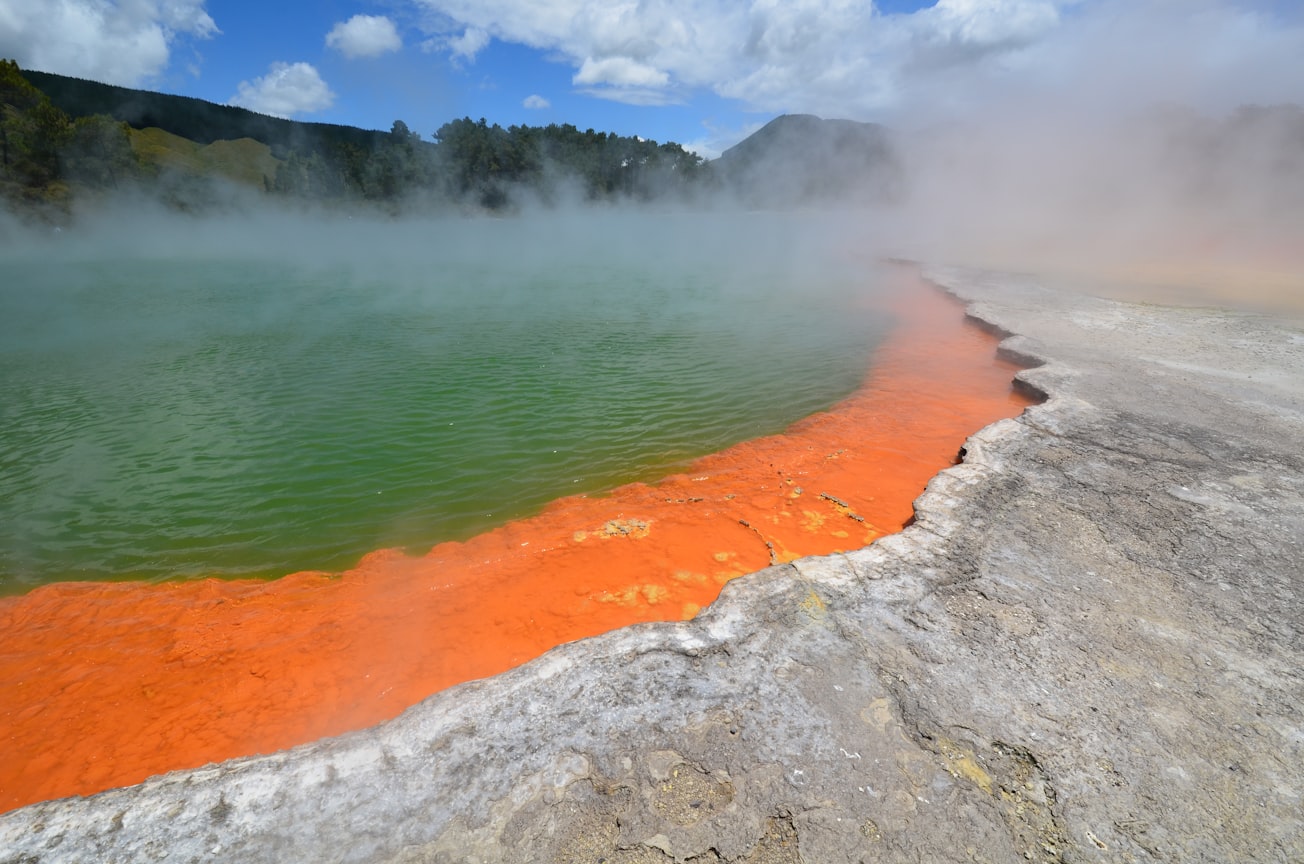What is it about?
The paper illustrates how deep neural networks can be used to derive key reservoir rock properties such as porosity directly from seismic amplitudes. This workflow is a viable alternative to a traditional seismic inversion especially when the amount or quality of the input data is limited. The technology is applied to a geothermal carbonate reservoir to extract valuable information from existing legacy seismic data.
Featured Image

Photo by Holger Offermann on Unsplash
Why is it important?
The paper presents a workflow to generate a large amount of synthetic data to train deep neural networks through a combination of statistical simulations and rock physics models. Although the paper focuses on applying this technology to characterize a geothermal reservoir, it can be applied to any reservoir characterization project where the amount or quality of existing geophysical data is limited.
Perspectives
The technology presented allows to maximize the information extracted from existing legacy data to derisk geothermal (or oil and gas) projects. The results are expected to be even better with newly acquired fit-for-purpose seismic data and state-of-the-art processing.
Fabien Allo
CGG
Read the Original
This page is a summary of: Characterization of a carbonate geothermal reservoir using rock-physics-guided deep neural networks, The Leading Edge, October 2021, Society of Exploration Geophysicists,
DOI: 10.1190/tle40100751.1.
You can read the full text:
Contributors
The following have contributed to this page







